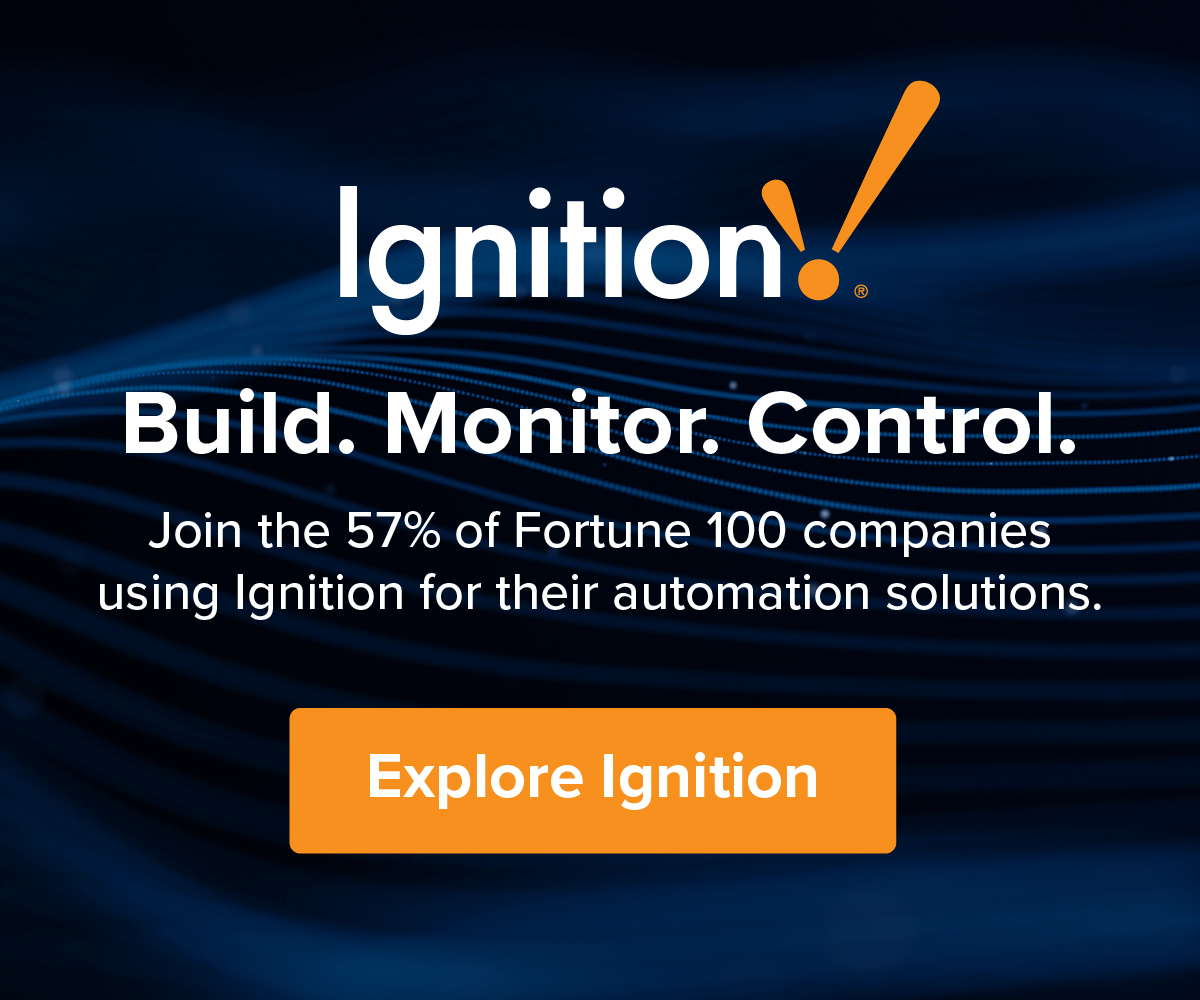by Gary Mintchell | May 12, 2023 | Leadership
Pro leadership tip.
Years ago the story went around that if you were in the final hiring process at IBM, they would take you out to dinner. If you salted your food before tasting it, then you had a fixed mindset and would not be hired.
I have a better one.
Are you about to hire someone? Add someone to your team? Perhaps you’ve met a new friend? Want to know about them? Go out to dinner or a good lunch. Watch how they treat the hostess. How do they interact with the server? How do they treat the other restaurant staff?
How one treats servers in these unguarded moments reveals character.
By the way, how do you (I) treat servers?
Maybe it’s time for an attitude change?
by Gary Mintchell | May 2, 2023 | Education, Leadership
Quite by accident the second edition of “Humble Inquiry: The Gentle Art of Asking Instead of Telling,” by Edgar H. Schein and Peter A. Schein appeared in my mail the other day. Reviewing some older notes, I saw the recommendation. When this book arrived, I discovered I had the first edition on my bookshelf. The second edition was worth the refresher.
Do you know any long-time elementary school teachers? Ever listen to them? Do their questions sound often like a prosecuting attorney going after a criminal suspect?
Do we catch ourselves asking questions to test other people? Or questions where we wish to discover if they are for us or against us? Questions meant to trap us—like often were posed to Jesus in the Christian Bible?
The gentle art of asking questions instead of telling people reveals true curiosity. We want to know what someone else is thinking—really.
The gentle art draws people in rather than establishing a barrier between people. Its foundation includes trust, sincerity, mindfulness. I would add intention.
So often we ask, but then we fail to listen to the answer. Listening, that is, that involves our complete attention.
I wrote about this book five years ago. It’s one of those books that requires a reread periodically. It’s brief. Readable. New insights will pop out each reading.
by Gary Mintchell | Apr 10, 2023 | Business, Leadership
A company constructed a website that aggregates content from other companies’ websites asked me to teach at a webinar last week. They told me that my site provided more traffic than others to their site (hmmm, do I smell sales pitch there?).
Anyway, the webinar broadcast April 5. It did generate several very good questions. Some of the feedback was actually complimentary.
I discuss some examples of how your company’s business can be disrupted. Innovation discussion drew from the beginnings of the industrial revolution. I also discuss the role of people.
Speaking of people, I tried to provide some sense of urgency to each individual who can make great contributions.
Anyway, the talk is now on-demand at this website. You can listen and send questions to [email protected]. I will answer.
by Gary Mintchell | Feb 27, 2023 | Leadership, Personal Development
[This is last week’s newsletter. You can sign up for a weekly (almost) newsletter by clicking the envelop icon on the right. I use Hey.com–an email service expressly designed to do away with tracking and other obnoxious Web practices.]
When we go to high school and university, we think we’re supposed to memorize many facts. It’s not a bad thing to learn and remember. The essential characteristics and behaviors of an educated person are these, however:
- Ability to learn on your own
- Ability to think clearly
- Ability to express yourself clearly
Many people learn that one of the best ways to think is to write. I write a couple of thousand words a day. Often there is no clue when I begin a piece where it will end up. In the beginning is an idea—usually from my reading. Then there are thoughts on the initial idea. Then the ideas build upon themselves until there is an essay.
Perhaps you should consider this both when you are hiring new people and when you are counseling young people.
Recently the Rework podcast from the company called 37signals (developers of the HEY email platform where this newsletter resides) featured Jason Fried and David Heinemeier Hansson (co-founders) sharing why writing is at the heart of the success of 37signals and why they believe it’s essential for every employee to be a skilled writer, regardless of their title or role.
===
Speaking of thinking, here is a thought from Nassim Nicholas Taleb from his book Fooled By Randomness, “Trading forces someone to think hard, those who merely work hard generally lose their focus and intellectual energy.”
I am assembling thoughts and notes for a webinar I am giving April 5 most likely on the Myths and Reality of Digital Transformation. One path I am exploring concerns change management and how these initiatives often run low on focus and intellectual energy. I guess maybe I’ve been involved in at least one too many of these.
If you have thoughts about this topic (or any topics), send an email to [email protected]
===
The more data we have the more likely we are to drown in it.—Nassim Nicholas Taleb, Fooled by Randomness
Trade media and marketing types have touted “data as the new oil” or some such malarky for the past 8-9 years. That includes Internet of Things, sensor networks, MES, Industrie 4.0, and the like. Data is, indeed, useful. It’s impossible to perform 5 Why’s or other Lean initiatives without data.
Adding more sensors, more databases, moving compute to the edge, no, wait, move data to the cloud, connected everything, digital twins, and…whew!
Yes, you can drown if not careful. Be careful what you ask for!
==
Be sure to check out the latest news and thoughts on The Manufacturing Connection.
Gary
View this post online
by Gary Mintchell | Nov 15, 2022 | Leadership, Manufacturing IT, Operations Management
I hate the term IT/OT convergence. It is so old. People and technologies have continually made changes that actually bring things together. People are not stupid. Just focused on their jobs.
I recently talked with a product manager regarding silicon infrastructure. He talked of how the technology of his product would lead to breaking of IT silos and also to IT/OT convergence.
Is bringing IT and OT together a technology problem or an organizational problem? Or perhaps a cultural problem given the natural competition leading to in-fighting among departments or groups within an organization?
With Ethernet and digitalization of OT infrastructure, aren’t most of the technological hurdles removed? Even the proprietary nature of some Ethernet add ons such as Profinet or EtherCat?
Many organizationally perceptive managers have made changes to bring departments together. They promote cross-functional teams. They promote understanding the differences and focusing on what each can do to promote the common good.
One product will not convergence make.
by Gary Mintchell | Aug 15, 2022 | Business, Leadership, Marketing
Om Malik’s writing has inspired and influenced me for decades. He’s a thoughtful observer of the technology scene and a good photographer. He recently posted a piece about Mark Zuckerberg’s vision for the new Meta–his replacement for Facebook when it finally fades. After quoting from Zuckerberg’s talk about where Meta is going, Om points out that it’s all about what Meta can get from its customers. Nothing about serving customers and society.
During this morning’s workout, my podcast picked up Andy Stanley’s Leadership Podcast. His theme began with a story from a management meeting at Chick-fil-A many years ago. A new restaurant chain had popped onto the radar. Executives viewed it as a threat. The discussion centered on growth. Like a race, they wanted to grow faster than the opponent.
Founder and chairman Truett Cathy pounded on the table to obtain attention. The room quieted. He looked around the room and said, “First, we work on improving quality. If we are always improving quality, then our customers will tell us to grow.”
Two polar opposite views of the market.
Do customers serve us? Do we serve customers?
I am weaning off Facebook. It truly is evil making money by trying to entice us toward posting ever more extreme (and stupid) stuff to capture attention. I have never been in a Chick-fil-A. That’s because I don’t eat chicken. But if I did, I’d patronize the place that is trying its best to serve me. I’d shun the place that is cynically using me to make more billions.
Now–you are going to glance at this brief essay and return to work. What are you going to do? Figure out how to improve quality in order to better serve customers? I hope you choose wisely.





